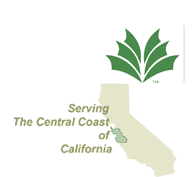Pruning practices-The Good the Bad the Ugly
Proper pruning is paramount to healthy tree growth and balanced tree structure.
Improper pruning practices are quite likely the leading cause of tree decline. Trees do not need to be excessively pruned year after year. In most cases, the flush of growth typically seen afterward is actually an indication of tree stress. There is a critical association between tree roots and tree shoots. Shoots,(leaves) produce carbohydrates and send them downward into the root system. Root exudates are produced during this process. Root exudates call upon specific bacteria and fungus during different times of the year. Soil biology is what provides plant available nutrients and create disease suppressive growing environment. This is why biological diversity is important.
Proper pruning practices–The Good
- Structural pruning
Before hiring a company to prune your trees you can educate yourself by reading this in-depth tutorial written by one of the most respected arborists in the nation Edward Gilman. Reading this article about structural pruning will help you to determine if the company you are considering to hire will cause irreversible damage to your trees or is knowledgeable about proper pruning procedures. Structural pruning part 1
Examples of improper pruning practices–The Bad
- Lions tailing-(structural damage, health decline)
- Tree topping-(“crime against trees)
- Removing too much of upper crown-(sunburn exposure)
- Pruning all trees like they are fruit trees-(very common)
- Too much thinning and heading back-(kills roots, causes decline)

